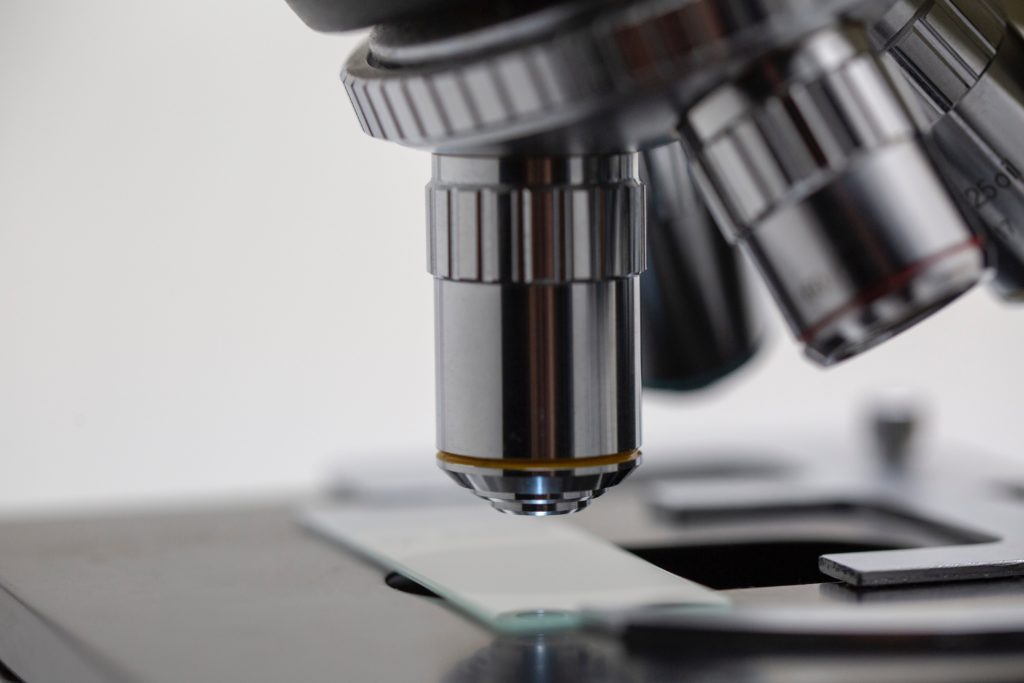All fields are required
Posted in Our Blog,Salmonella on April 14, 2019

Antibiotic resistance is a devilish thing. The root of the problem is that we just don’t have that many different kinds of antibiotics on hand. If you come across a pathogen that’s resistant to one kind, you can turn to the next; eventually, however, you start to run out of antibiotics, and you start to run into bacteria that are resistant to everything that we have in our toolkit. That’s why today we are going to talk about the MCR-1 gene in Salmonella.
Thankfully, pathogens which are armored against everything we have are still relatively rare. Unfortunately, antibiotic resistance continues to advance around the world and across species more rapidly than we’re coming with new kinds of antibiotics. According to a recent paper published in the journal Eurosurveillance, scientists in Spain have found the mcr-1 gene in salmonella taken from mussels, which doesn’t bode particularly well for those worried about the progression of antibiotic resistance.
That’s because mcr-1 is a gene that confers resistance to antibiotics. Specifically, it provides resistance to the antibiotic colistin, which is capable of killing almost all gram-negative bacteria that are not lucky enough to possess mcr-1. Colistin is particularly hard on the human liver, so it’s a last-resort antibiotic, with use reserved for cases where the pathogens in question survive treatment with other drugs that are easier on the human body. If bacteria are resistant to our last resort drugs, however, then what do we use as a last resort?
More worrying is that mcr-1 isn’t limited to salmonella. It can be passed between different bacteria and slotted into their genomes at will by means of a plasmid. Plasmids are essentially envelopes of genetic information exchanged by bacteria; they’re a way to transfer useful genes like mcr-1 without having to go through the process of reproduction. By using plasmids, mcr-1 can be shared between bacteria that aren’t from the same lineage.
It can even be passed between species. In addition to showing up in salmonella, mcr-1 has been found in Klebsiella pneumoniae, Enterobacter aerogenes, Enterobacter cloacae, and the ubiquitous E. coli.
It’s a relatively recently development, too. The gene was first seen in a sample taken in a pig in China in 2011. In the past couple of years, however, it’s really taken off: it’s showed up in at least 30 different countries across five continents and is showing no signs of slowing down. A woman who showed up to a Pennsylvania hospital with a UTI was found to be infected with E. coli sporting mcr-1, marking the first appearance of the gene in the United States; since then, at least four more cases have been registered within our borders.
So, getting back to the Spanish scientists: what was the nature of their survey, and what exactly did they find? They were checking out the genetics of pathogens taken from live mussels in Galicia, a region in northern Spain. Over the course of four years, they collected nearly six thousand samples of live mussels from production areas and processing facilities there. Those samples yielded 19 different strains of salmonella.
Analysis of the genetics of those 19 different strains revealed that one of them had picked up the mcr-1 gene, conferring it resistance to the last-resort antimicrobial colisitin. It wasn’t the first time that mcr-1 had been seen pathogens in Europe. It wasn’t even the first time that mcr-1 had been seen in Spain. The gene had showed up before in microbial samples taken from pigs, for example.
It was, however, the first time that the antimicrobial had been seen in European or Spanish mussels. That’s worrying not just because mussels are often eaten raw and at high risk for the transmission of foodborne illness. It demonstrates the speed by which genes conferring antimicrobial resistance can spread from one environment or one species to the next, and draws attention to the limited time that we have to change our sometimes-profligate overuse of antibiotics or come up with new ones.
Just because colistin isn’t commonly used on people, you see, doesn’t mean that it isn’t used: it’s a relatively common antibiotic in agricultural settings, where drugs are often pre-emptively given to animals to encourage their growth and to try and ward off sickness that they might otherwise contract. The emergence and rapid spread of mcr-1 is an example of what happens when antibiotics are used willy-nilly; resistance to those antibiotics will grow in turn.
There are all kinds of other ways, of course, that antibiotics spreads. Mcr-1’s rapid dispersal can probably be attributed to the global flows of commerce; from China, it’s been ferried in different products to the four corners of the world. The authors of the Eurosurveillance paper also speculated that humans could have played a role in the spread of mcr-1, acting as hosts to the bacteria with the gene and spreading them to new environments.
As for how mcr-1 made it from Europe’s farms to Europe’s seas: it probably made it there through water. Water drains towards the sea, after all, including all kinds of water that’s rich in bacteria: agricultural discharge, rainwater runoff, and the leavings of wastewater plants are all liable to contain the kind of bacteria which spread mcr-1. They’re also often laced with trace antibiotics, the exposure to which can encourage the further development of antibiotic resistant bacteria.
Our advice? If you’re a farmer, you might want to stop giving out antibiotics like candy. If you’re a patient, ask your doctor to make sure that any antibiotic prescriptions are actually necessary. And if you’re a mussel lover, avoid them during the summer months, keep an eye on outbreaks of foodborne illness, and try to have them cooked if you can.
By: Sean McNulty, Contributing Writer (Non-Lawyer)